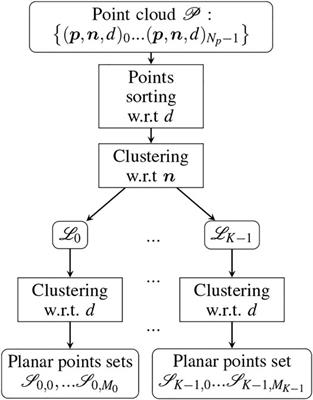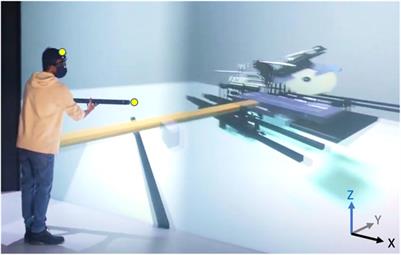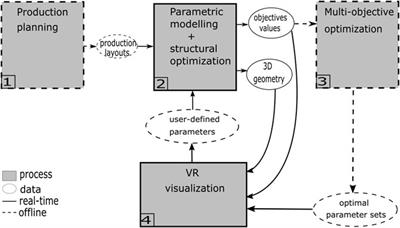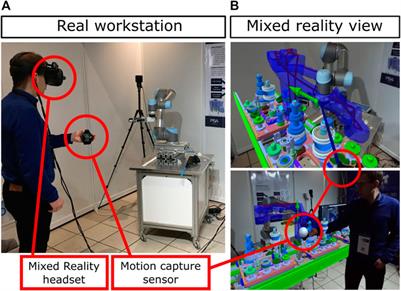EDITORIAL
Published on 25 Aug 2022
Editorial: Digital Twin for Industry 4.0
doi 10.3389/frvir.2022.968054
- 956 views
- 5 citations
3,353
Total downloads
18k
Total views and downloads
You will be redirected to our submission process.
EDITORIAL
Published on 25 Aug 2022
ORIGINAL RESEARCH
Published on 15 Mar 2022

BRIEF RESEARCH REPORT
Published on 10 Mar 2022

ORIGINAL RESEARCH
Published on 25 Feb 2022

ORIGINAL RESEARCH
Published on 09 Feb 2022

